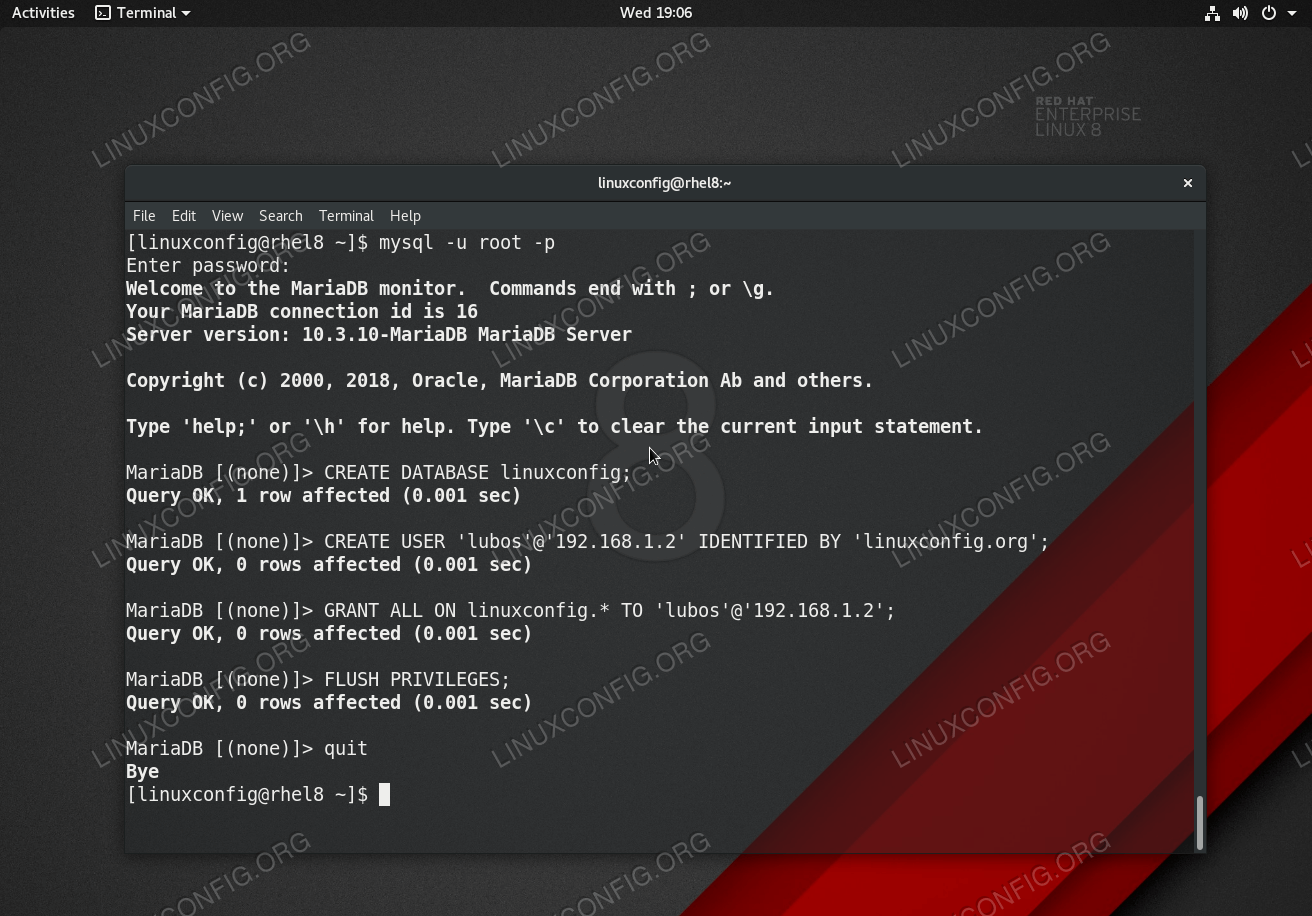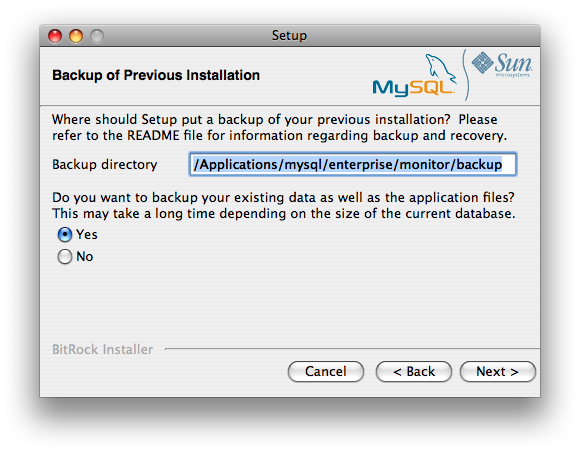


Configuring Percona ServerĪs we are moving from MariaDB, you can just restore the backup of my.cnf file that you made in earlier steps. Note the backslash '\' on the end of the sentences on the above commands, if you install individual packages, remember that to met dependencies, the shared package must be installed before client and client before server. We can download all rpm packages with the help of wget: wget -r -l 1 -nd -A rpm -R "*devel*,*debuginfo*" \ Īnd with rpm utility, you install all the packages once: rpm -ivh Percona-Server-server-55-5.5.42-rel37.1.el7.x86_64.rpm \ Percona-Server-client-55-5.5.42-rel37.1.el7.x86_64.rpm \ Percona-Server-shared-55-5.5.42-rel37.1.el7.x86_64.rpm The above command installs Percona server and clients, shared libraries, possibly Perl and perl modules such as DBI::MySQL, if that are not already installed, and also other dependencies as needed. You can choose from a number of options on how to install Percona, in a CentOS system it's generally a better idea to use yum or RPM, so these are the way that are covered by this article, compiling and install from sources are not covered by this article.įirst you need to set the Percona's Yum repository with this: yum install Īnd then install Percona with: yum install Percona-Server-client-56 Percona-Server-server-56

:) mv /var/lib/mysql /var/lib/mysql_mariadb 4. Move / Rename the MariaDB files in /var/lib/mysql, it's a safer and faster than just removing, it's like a 2nd level instant backup. Uninstall MariaDB and MySQL yum remove MariaDB-server MariaDB-client MariaDB-shared mysql mysql-server MySQL Enterprise and Percona specific features Percona is an opensource alternative to the MySQL and MariaDB databases, it's a fork of the MySQL with many improvements and unique features that makes it more reliable, powerful and faster than MySQL, and yet is fully compatible with it, you can even use replication between Oracle's MySQL and Percona. In the following sections I am going to cover the installation of the percona server on the CentOS 7, I will also cover the steps needed to make backup of your current data, configuration and how to restore your backup. The InnoDB database engine make it very attractive and a good alternative if you need performance, reliability and a cost efficient solution In this article we are going to learn about percona server, an opensource drop-in replacement for MySQL and also for MariaDB.


 0 kommentar(er)
0 kommentar(er)
